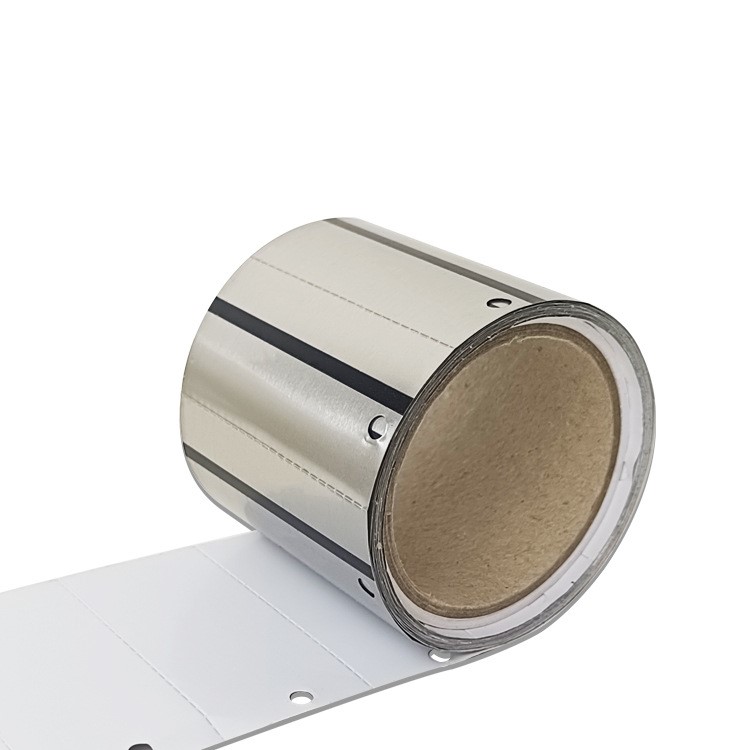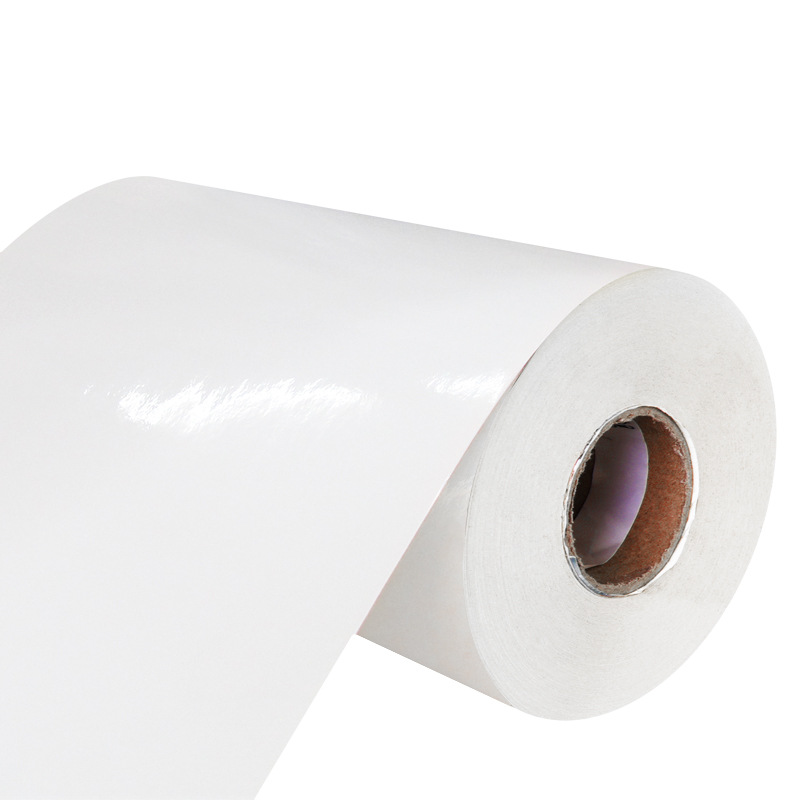The Low-Temperature Resistant Label Material Revolution in the Sticker Label Industry
In the dynamic world of packaging and branding, sticker labels have emerged as a versatile and indispensable tool for conveying crucial information and captivating customers. They serve as the face of a product, delivering not just data but aesthetics, information, and identity. However, not all label materials are created equal. One area of great significance, particularly for products that may be exposed to low temperatures, is low-temperature resistant label materials. In this article, we will explore the key aspects of low-temperature resistant label materials and their impact on the sticker label industry.
The Significance of Low-Temperature Resistance
Low-temperature resistance is a critical attribute in label materials, especially for industries such as food and pharmaceuticals, where products may be stored in cold environments. These labels must maintain their adhesive properties and structural integrity even when subjected to freezing temperatures. This resistance ensures that labels remain affixed to products, providing crucial information and branding regardless of the conditions.
Challenges in Low-Temperature Environments
Low-temperature environments pose a series of challenges for conventional label materials. When exposed to extreme cold, many labels can become brittle, lose their adhesive strength, or even become illegible. This can lead to loss of vital information and affect a product's marketability. Moreover, products that lose their labels due to temperature-induced issues might also fall victim to regulatory non-compliance.
The Role of Low-Temperature Resistant Label Materials
Low-temperature resistant label materials are specially engineered to address these challenges. These materials incorporate unique properties that enable them to withstand freezing temperatures while maintaining their functionality. Below are some key attributes:
1. Cold-Resistant Adhesives: The adhesive used in these materials is formulated to remain effective even in freezing conditions. This ensures that labels stay securely affixed to products without degradation.
2. Durability: Low-temperature resistant label materials are designed to be durable, preventing them from becoming brittle or disintegrating when exposed to cold environments.
3. Clarity and Legibility: These materials are engineered to maintain print quality, ensuring that information on the label remains clear and legible, even in freezing conditions.
4. Regulatory Compliance: Using low-temperature resistant label materials helps companies adhere to regulatory requirements, which often demand that product information be present and readable under extreme conditions.
Applications in the Food Industry
The food industry relies heavily on sticker labels, and low-temperature resistant label materials play a pivotal role here. From frozen foods to refrigerated products, ensuring that labels remain intact and readable in cold storage is of utmost importance.
Pharmaceutical Packaging
Pharmaceutical products often require stringent labeling and packaging standards. Low-temperature resistant label materials are essential in this industry, where the integrity of product information is vital for patient safety and regulatory compliance.
Benefits for Branding and Marketing
Low-temperature resistant label materials not only ensure that essential information is maintained, but they also offer branding and marketing benefits. Even in extreme cold, the visual appeal of the label remains intact, contributing to a product's marketability and brand recognition.
Cost-Effective Solutions
While low-temperature resistant label materials are a specialized solution, they are cost-effective in the long run. They prevent losses due to label failures, regulatory non-compliance, and product wastage, making them a wise investment for businesses.
The Future of Label Materials
The sticker label industry is constantly evolving to meet the demands of various industries and the challenges of diverse environments. Low-temperature resistant label materials are a testament to the industry's adaptability, providing solutions that ensure labels remain effective, no matter the conditions.
In conclusion, low-temperature resistant label materials are a crucial innovation that has significantly impacted the sticker label industry. Their ability to withstand freezing temperatures while maintaining adhesive strength and legibility makes them an essential component in the packaging and branding of various products. As industries continue to expand and innovate, it's clear that these materials will continue to play a vital role in ensuring that labels remain both functional and visually appealing, regardless of the environmental challenges they face.
We offer comprehensive technical support, including free professional labeling solutions, advice on label materials and adhesive selection, as well as online/offline assistance from professional software and hardware engineers. Service email: andy@ownlikes.cn. In pre-sales, we leverage our extensive experience in specialty labeling projects to provide clients with the most suitable hardware solutions. Additionally, all our label barcode printers and scanners come with a three-year free warranty, demonstrating our confidence in our products.






This site is protected by reCAPTCHA and the Google Privacy Policy and Terms of Service apply.